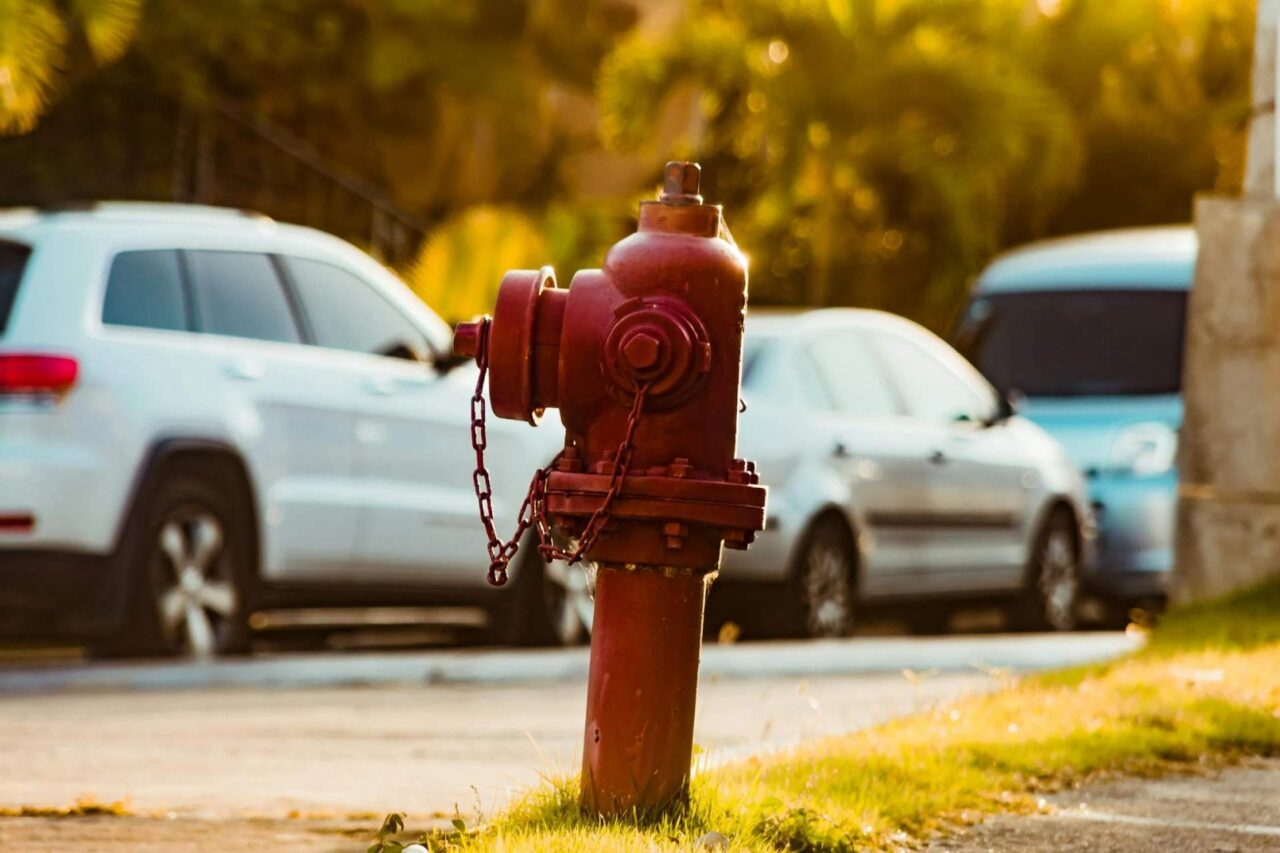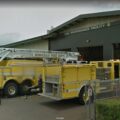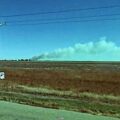
A fire hydrant is one of the most critical pieces of infrastructure in any neighborhood, yet it often goes unnoticed until an emergency strikes. These bright-colored fixtures standing along curbsides are silent sentinels, always ready to provide an immediate water source when a fire erupts.
The presence of fire hydrants can make the difference between a minor incident and a catastrophic disaster, preventing the loss of lives and homes. The lack of this presence was felt in the recent wildfires in Los Angeles. Despite fire hydrants being available, they ran dry due to extreme demand. As a result, firefighters had to struggle a lot when trying to control the fires there.
Firefighters rely on them to battle flames efficiently, and without them, containing fires would be significantly more challenging. Despite their importance, many communities lack an adequate number of hydrants, leaving them vulnerable in times of crisis.
Here is a detailed overview as to why every street in the country needs fire hydrants.
Rapid Fire Suppression Saves Lives and Property
Every year, the US has to deal with millions of fire incidents. In 2023 alone, local fire departments in the country responded to around 1.39 million fires.
When a fire breaks out, time is the most valuable asset. Firefighters must act quickly to prevent flames from spreading, and without access to an immediate water supply, their ability to suppress fires is compromised. Fire hydrants provide the high-pressure water necessary to control and extinguish fires before they escalate.
Now, just one or two hydrants aren’t enough. As per the US National Fire Protection Association (NFPA), multiple hydrants are necessary to achieve the required water flow to put out fires.
In urban and suburban areas, fire hydrants are strategically placed to ensure that emergency crews can connect their hoses without delay. However, in some rural and underdeveloped areas, hydrants may be scarce or nonexistent.
In these cases, firefighters must rely on tanker trucks that carry limited water supplies. This can delay firefighting efforts and increase the risk of total property loss.
Having fire hydrants on every street ensures that no community is left vulnerable due to a lack of immediate access to water.
Fire Hydrants Don’t Contain Toxic Chemicals
One common misconception about fire hydrants is that they might contain or release harmful chemicals into the water supply. However, fire hydrants are connected directly to municipal water systems and do not introduce toxic substances into the environment.
The water that flows from hydrants is typically the same potable water that comes out of household taps. This ensures that firefighters can safely use hydrant water without concerns about contamination.
Unlike some firefighting methods that have historically involved hazardous chemicals, fire hydrants offer a clean and safe way to combat fires. For instance, the use of AFFF (Aqueous Film-Forming Foam) in firefighting has led to widespread concerns due to its association with toxic PFAS. As noted by TruLaw, AFFF has been linked to serious health issues, including cancer, leading to numerous AFFF lawsuits.
Individuals who have suffered from AFFF exposure are now filing AFFF cancer lawsuits against manufacturers. In the AFFF lawsuit, navy and personnel from other military branches are also involved. They are filing these AFFF firefighting foam lawsuits to hold manufacturers accountable for the dangerous effects of these chemicals.
Fire hydrants rely on pure water as a firefighting tool, eliminating any risk of toxic exposure.
Fire Hydrants Help Keep Insurance Costs Down
Beyond their obvious role in fire safety, fire hydrants also play a significant part in determining property insurance rates. Insurance companies assess the fire protection capabilities of a neighborhood when setting premiums. The availability of fire hydrants is a major factor in their calculations.
Homes and businesses located in areas with well-distributed fire hydrants often enjoy lower insurance rates. That’s because insurers recognize that the risk of severe fire damage is reduced.
Conversely, properties in areas without accessible hydrants may face higher premiums due to the increased difficulty in containing fires. Ensuring that every street has fire hydrants protects lives and property and provides financial benefits to homeowners and business owners by lowering insurance costs.
Essential for Public Safety and Emergency Preparedness
A fire hydrant is more than just a tool for fighting fires; it is an integral part of a city’s emergency preparedness strategy. In addition to battling structure fires, hydrants serve multiple purposes in crisis situations. During large-scale disasters such as wildfires, explosions, or industrial accidents, fire hydrants provide a reliable water source to contain and manage hazardous situations.
If there’s a lack of fire hydrants, or if existing fire hydrants don’t work properly, the demand for private fire hydrants increases. We’ve been seeing such an increase in demand for private fire hydrants after the devastating California wildfires.
Fire hydrants also play a role in maintaining public health and sanitation. In extreme cases, such as chemical spills or biohazard events, hydrant water can be used for emergency decontamination purposes.
Frequently Asked Questions (FAQs)
Can non-firefighters operate fire hydrants?
Generally, non-firefighters are not allowed to operate fire hydrants without proper authorization. Opening a hydrant without training can cause water pressure issues, flooding, or damage. Some cities require permits for authorized personnel, such as construction crews, to use hydrants safely. Unauthorized use can lead to fines or legal consequences.
How do fire trucks connect to fire hydrants?
Fire trucks connect to hydrants using large-diameter hoses that attach to hydrant outlets. Firefighters use a wrench to open the hydrant valve, allowing pressurized water to flow into the truck’s pump system. The truck then regulates and distributes water through hoses to extinguish fires. Proper hose connections ensure stable water pressure.
Can’t firefighters carry their own water instead of relying on fire hydrants?
Fire trucks carry limited water, typically between 500 to 1,500 gallons, which may last only minutes in a large fire. Hydrants provide a continuous water supply necessary for extended firefighting. In areas without hydrants, tanker trucks or natural water sources, like lakes, may be used to supply water.
A fire hydrant is more than a sidewalk fixture; it’s a crucial lifeline for communities. These crucial fixtures provide firefighters with the water supply necessary to save lives and prevent devastating property loss.
Beyond firefighting, hydrants contribute to public safety, emergency preparedness, infrastructure development, and even financial savings through lower insurance rates.
Ensuring that every street has a fire hydrant is a responsibility that cities and towns must take seriously. Fires can ignite anywhere, and without immediate access to water, a small spark can turn into an uncontrollable inferno.











